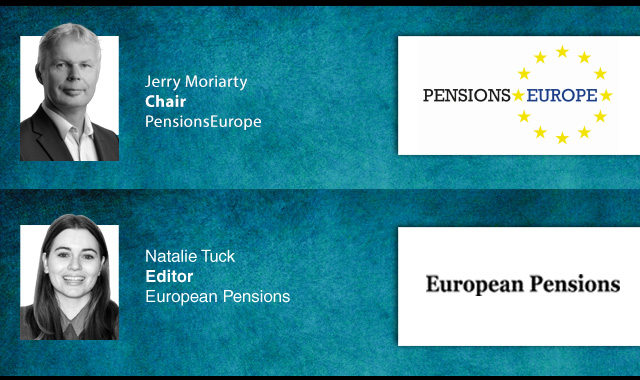PensionsEurope has argued that a proposed highly standardised presentation of environmental, social and governance (ESG) information in European pension product disclosures is “undesirable”.
The comments were part of the organisation’s response to the European Supervisory Authorities’ (ESA) survey on their mandatory templates of pre-contractual and periodic disclosures for products that “promote” ESG characteristics and products under the Sustainable Finance Disclosure Regulation (SFDR).
PensionsEurope branded the highly standardised approach as “neither useless nor useful” and said it was not ideal as existing templates seemed to be designed for classic investment products and were therefore not adequate for most pension plans.
The response referred to these templates as “one size fits all” and noted that they “would not fit with the information needs of pension funds’ members and beneficiaries”.
The organisation continued: “The proposed draft regulatory technical standards and templates do not provide any differentiation between the various types of financial products, although SFDR requires the ESAs’ to take account of the various types of products and their characteristics when designing the new disclosure requirements and templates.”
The response detailed concerns that this could create difficulties for pension funds looking to engage with members and called for the creation of simpler templates.
PensionsEurope explained: “Most pension funds’ members do not have the skills and knowledge required to have a good understanding of the illustrative mock-ups as they often have limited financial literacy relating to the functioning of capital markets, corporate governance and sustainable finance.
“Insights from behavioural economics show that in the real world, people do not engage with information they cannot act upon or struggle to understand. Information overload leads to loss of interest and may alienate people from their pensions more generally, as they feel that the communication from their pension fund is too complicated.”
The response added that, as well as the need to simplify the templates, it rejected proposed graphical representations of the information as it stated that they would not adequately reflect institutions for Occupational Retirement Provisions’ (IORPs) investment strategies and could therefore be misleading.
The organisation argued: “It is not possible to capture all the elements of a multiple ESG investment strategy in a single graphical representation, not even with a few graphical representations, without excessively simplifying the reality.
“For example, many funds exclude investment in companies that produce cluster bombs, so should the graphical representation show that the entire equity and corporate bond portfolio contributes to the characteristics promoted by the product?”
PensionsEurope was also against the use of explanatory notes, branding them “useless” and stating that they still contained “jargon”.
“The presentational aspects themselves do not make the sustainability aspects of the products harder to understand. The problem lays in the complexity of the concepts and classification,” explained the organisation.
Latest News
-
Danish pensions industry outlines proposals to strengthen cyber security
-
Romanian Pillar III pensions outperform inflation over 18 years; APAPR calls for tax break update
-
Bulk annuity pricing for UK DB schemes at ‘best level’ in over two years
-
Norwegian asset managers ‘misunderstanding and misinterpreting’ sustainability disclosure regulation
-
Milliken Industrials Limited Pension Plan completes £44m buy-in with Royal London
-
OECD praises Iceland’s pension system; welcomes real estate push
Podcast: Stepping up to the challenge

In the latest European Pensions podcast, Natalie Tuck talks to PensionsEurope chair, Jerry Moriarty, about his new role and the European pension policy agenda
Podcast: The benefits of private equity in pension fund portfolios

The outbreak of the Covid-19 pandemic, in which stock markets have seen increased volatility, combined with global low interest rates has led to alternative asset classes rising in popularity. Private equity is one of the top runners in this category, and for good reason.
In this podcast, Munich Private Equity Partners Managing Director, Christopher Bär, chats to European Pensions Editor, Natalie Tuck, about the benefits private equity investments can bring to pension fund portfolios and the best approach to take.
In this podcast, Munich Private Equity Partners Managing Director, Christopher Bär, chats to European Pensions Editor, Natalie Tuck, about the benefits private equity investments can bring to pension fund portfolios and the best approach to take.
Mitigating risk
BNP Paribas Asset Management’s head of pension solutions, Julien Halfon, discusses equity hedging with Laura Blows
© 2019 Perspective Publishing Privacy & Cookies








Recent Stories